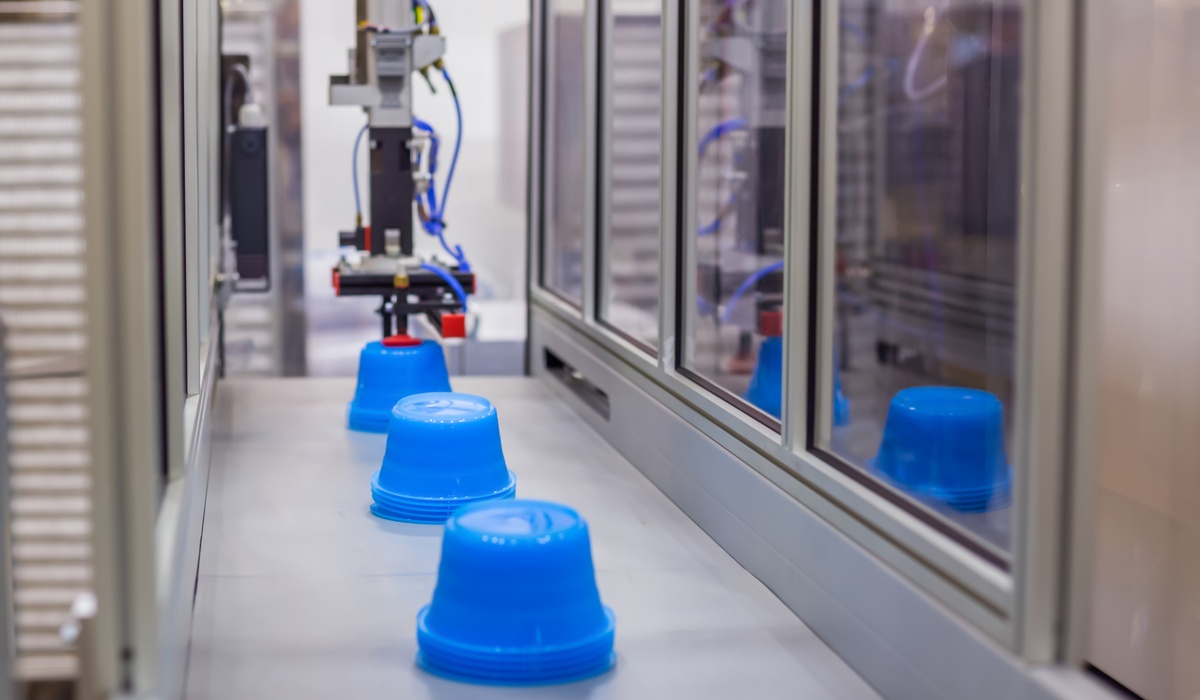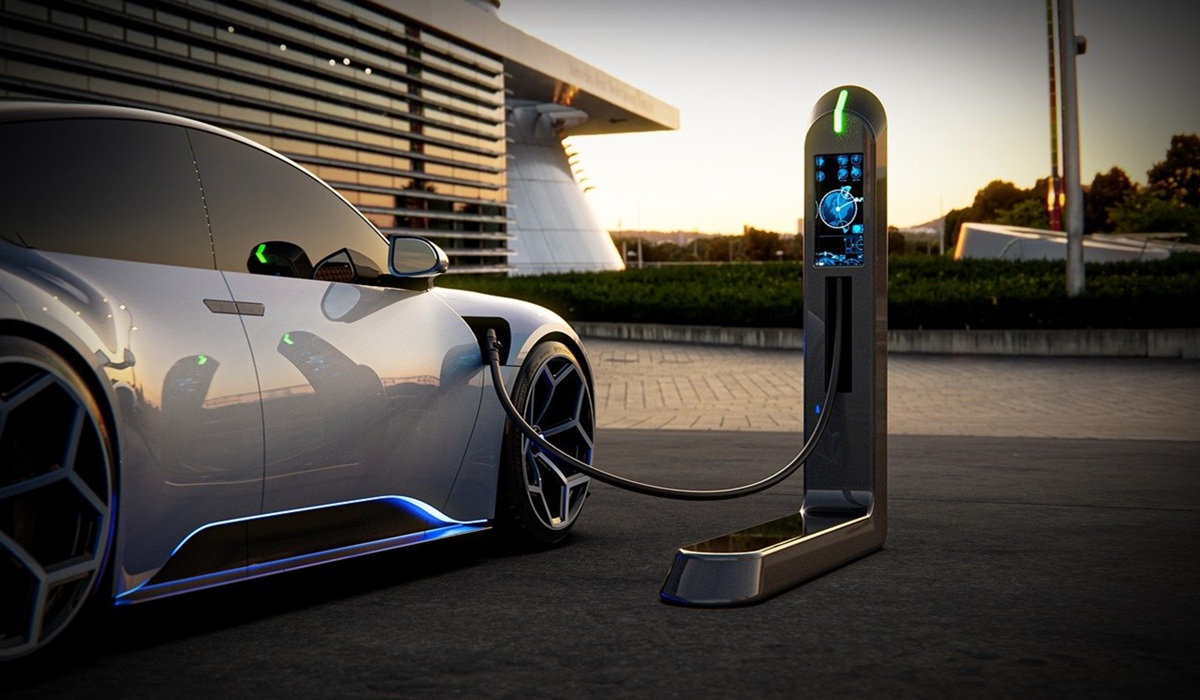Is Reaction Injection Molding Right for You? What To Know
- Casey Cartwright
- Technology
- September 16, 2025

Manufacturing professionals face countless decisions when selecting production methods for their projects. Reaction injection molding (RIM) presents a compelling option for creating large, complex parts with unique material properties. This specialized manufacturing process offers distinct benefits that traditional methods cannot match, but it also comes with specific limitations that require careful consideration.
Is reaction injection molding right for you? We’re diving into the details, outlining key points that make this process worthwhile for those it benefits.
Reaction injection molding combines two liquid components—typically polyurethane or polyurea materials—that react chemically within the mold cavity. This process creates parts with excellent strength-to-weight ratios and superior impact resistance compared to many thermoplastic alternatives.
Unlike traditional injection molding that uses pre-formed plastic pellets, RIM injects reactive liquid materials at relatively low pressures and temperatures. This fundamental difference allows manufacturers to create larger parts with thinner walls while maintaining structural integrity. The chemical reaction occurs during the molding process, forming cross-linked polymer structures that deliver enhanced mechanical properties.
RIM excels at producing large parts cost-effectively. Traditional injection molding becomes prohibitively expensive for oversized components due to the massive tooling requirements and extreme pressures needed. RIM operates at much lower pressures, reducing equipment costs and enabling larger part production without astronomical investments.
Design flexibility represents another major advantage. The process accommodates complex geometries, varying wall thicknesses, and integrated features that would require multiple operations with other manufacturing methods. Engineers can incorporate ribs, bosses, and mounting points directly into the part design without secondary machining.
Material selection remains more restricted compared to conventional injection molding options. RIM primarily works with polyurethane and polyurea systems, limiting material property ranges available to designers. Projects requiring specific thermoplastic characteristics may need alternative manufacturing approaches.
Cycle times run longer than traditional injection molding due to the chemical reaction requirements. You cannot rush the curing process, which affects production throughput and may impact delivery schedules for time-sensitive projects.
Part size significantly influences RIM viability. The process shines for components measuring several feet in any dimension, where traditional methods become impractical or costly. Smaller parts often benefit more from conventional injection molding economics.
Production volume plays a crucial role in method selection. Learning about the advantages and disadvantages of injection molding clarifies when RIM provides better value. Projects requiring fewer than 10,000 parts annually often find RIM more cost-effective, while higher volumes typically favor traditional approaches.
Automotive manufacturers use RIM extensively for body panels, bumpers, and interior components. The process delivers lightweight parts with excellent impact resistance while maintaining cost-effectiveness for moderate production volumes.
Aerospace applications benefit from RIM’s ability to create large, lightweight structures with complex internal geometries. Aircraft interior components, fairings, and equipment housings frequently use RIM manufacturing.
Reaction injection molding is right for you if you produce large parts with moderate production volumes. Success requires matching process capabilities with project requirements while considering long-term production goals.








